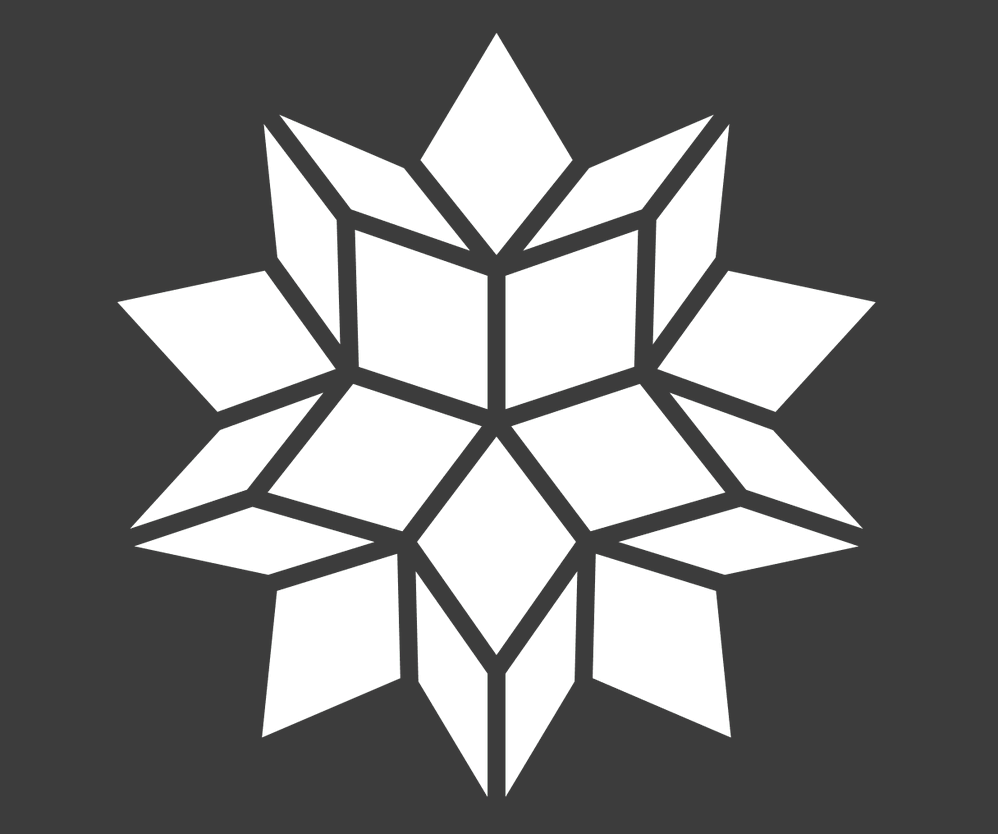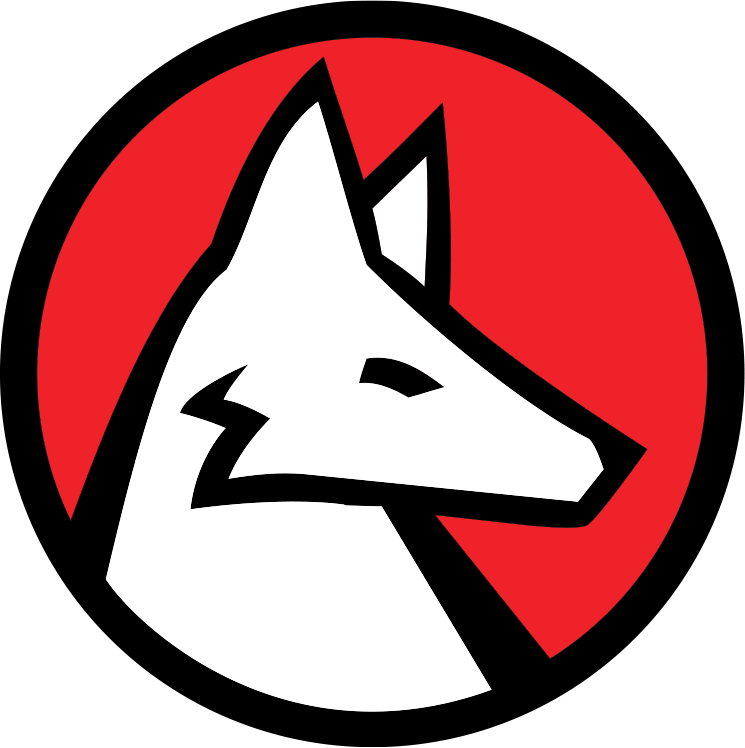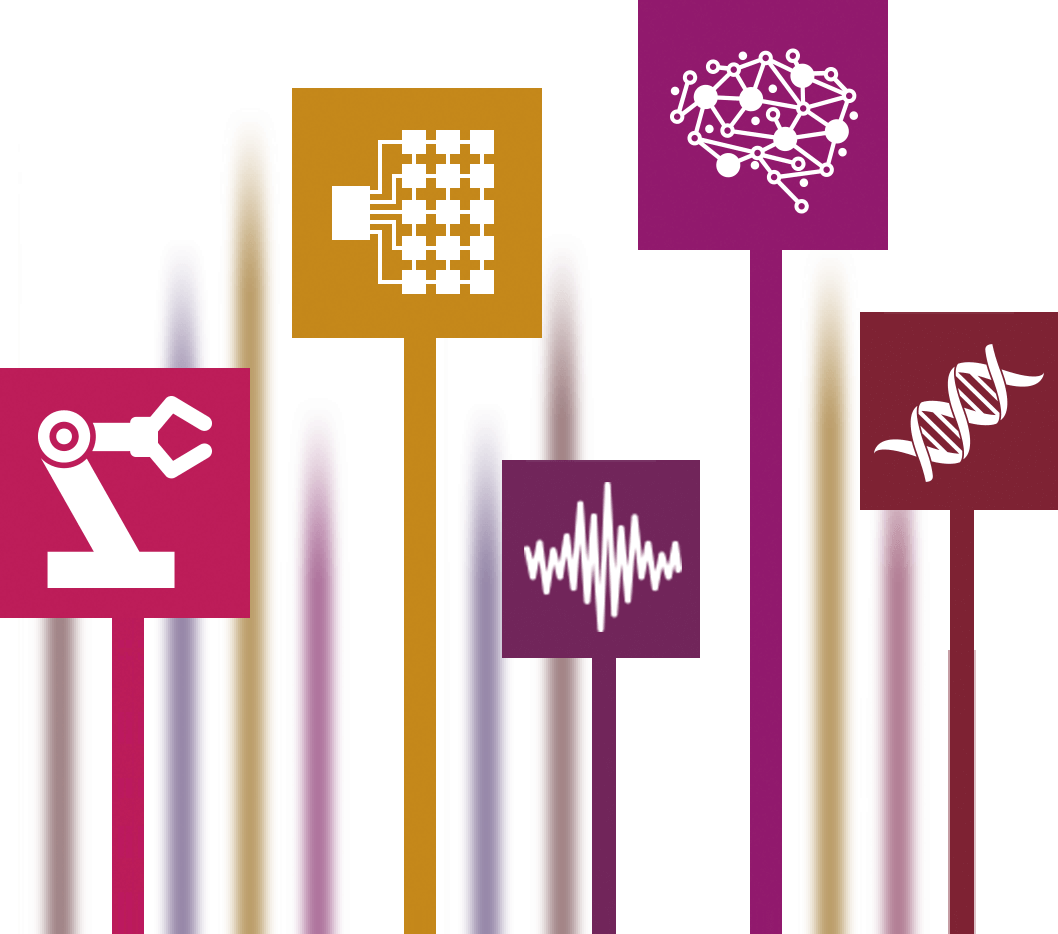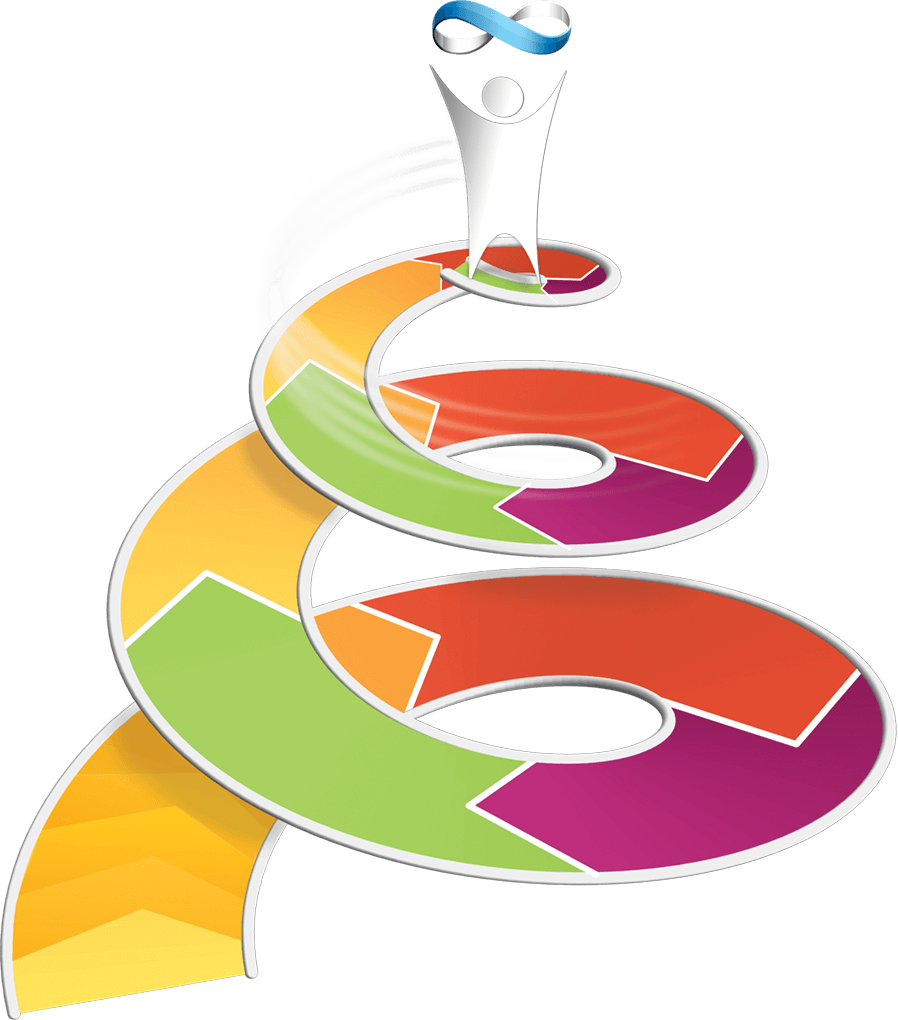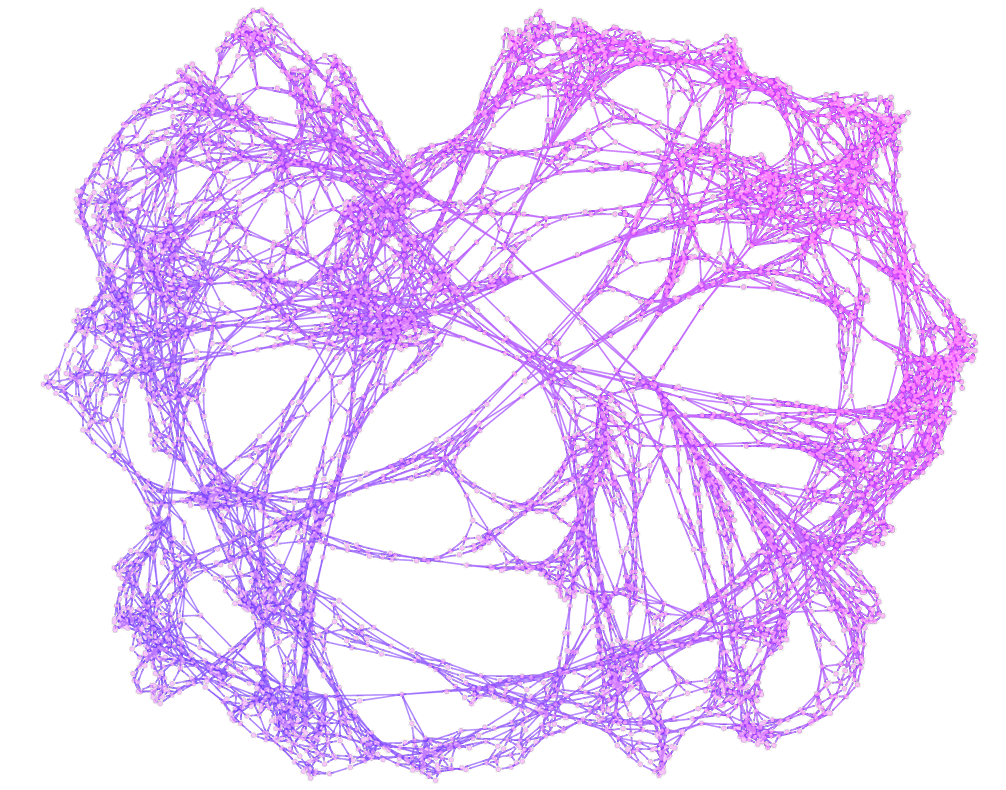The Power of Unified Computation
FIND YOUR ENTRY POINT...
Wolfram uniquely unifies algorithms, data, notebooks, linguistics and deployment—enabling powerful workflows across desktop, cloud, server and mobile.
Optimal Computation... for Every Application
Whatever your field, whatever your application, Wolfram technology provides the ultimate computation platform. Accelerating research, education, technical development and progress.
Launching Version 14.2 of Wolfram Language & Mathematica: Big Data Meets Computation & AI
Useful to the Point of Being Revolutionary: Introducing Wolfram Notebook Assistant
Wolfram LLM Benchmarking Project Uses Wolfram Language to Benchmark the Performance of Major LLMs
AI the Wolfram Way—Computation, Generative Intelligence + LLMs
A Whole New Ball Game: Game Theory in Wolfram Language 14.2
Discussing Technology, Education and Society from a Computational Perspective
Wolfram Quantum Framework: Tensor Networks, Spiders and ZX Formalism
Wolfram Language for Biosciences Research and Teaching
Master the Basics of Laplace Transforms in Just 15 Lessons with Wolfram Language
Empowering Mathematics Education Through Programming with Wolfram AI and Chat-Enabled Notebooks
Learn Complex Analysis Today with Wolfram Language
Solving the Schrödinger Equation 2: An Introduction to the Discrete Fourier Transform
The Student's Guide to Wolfram
Electric Circuits Made Simple with Wolfram
Quantum Research and Education
The Stochastic Mechanics of Hawking Radiation
Fundamental Concepts of Probabilistic Seismic Hazard Analysis
Trading Places: A Network Analysis of Global Commerce
Researching Dimensional Analysis across the Landscape of Physics
Walks in Rotation Spaces Return Home When Doubled and Scaled
Nobel Prize–Inspired de novo Protein Design with Wolfram Language
Voronoi Diagrams as 3D Cone Envelopes: Interactive Visualization of Distance-Based Tessellation
What Can We Learn about Engineering and Innovation from Half a Century of the Game of Life Cellular Automaton?
Unveiling the Europa Clipper's Unusual Route to Jupiter's Moon
Geometry and Mechanics of Non-Euclidean Curved-Crease Origami
A-Puzzle-A-Day Solver: Shapes Placement on Calendar Board

